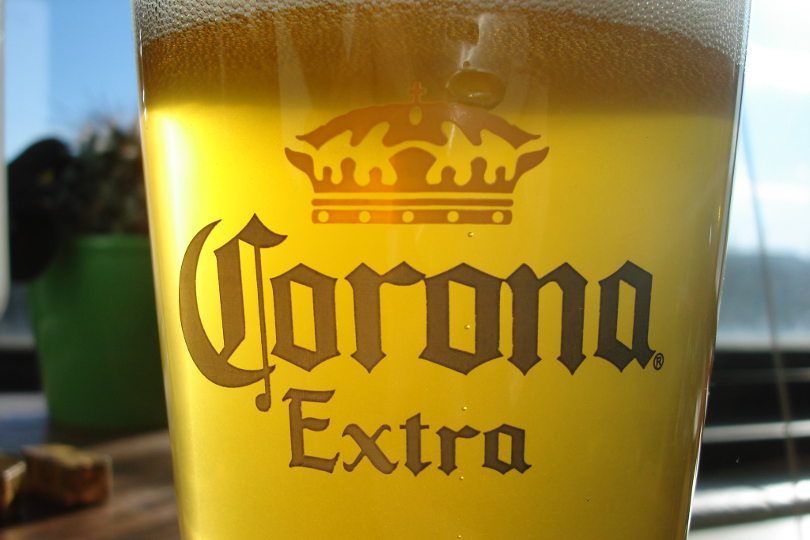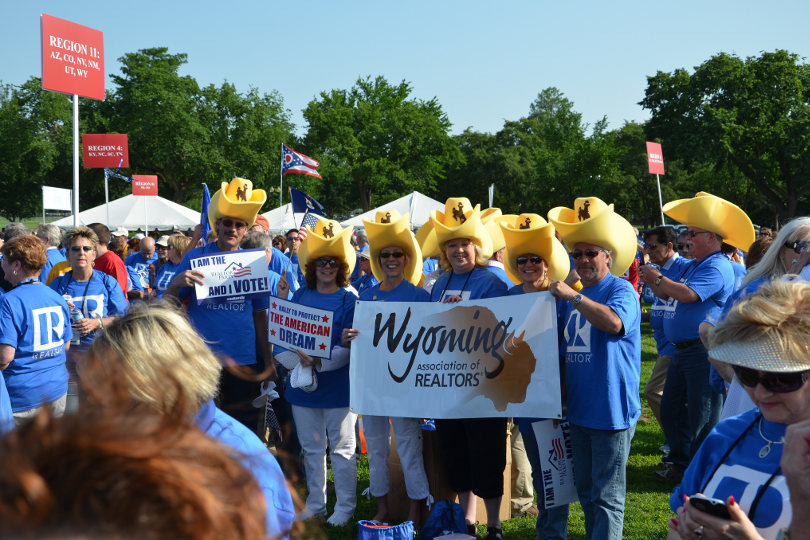As we journey through unprecedented times, marketers and public relations professionals scramble to pivot messaging sensitive to our changing world. One brand receiving much attention in our current climate is Corona beer.
A recent survey claimed that 38 percent of Americans wouldn’t purchase Corona beer because of the coronavirus. Although the accuracy of this survey is in question, news outlets took the story and ran, claiming the link between names hurt beverage sales. Additionally, the brand received criticism for the release of poorly timed ads during these delicate times.
Corona beer could not have predicted such a coincidence. However, what the brand is dealing with is an example of negative name association based on world events.

Corona isn’t alone in this PR nightmare. Many companies may select a name that sounds catchy in their native language but discover it misses the mark completely in other parts of the world. For example, Schwan’s Company, a food manufacturer, decided to name its beef and bean burrito the Burrada. Unfortunately, the company failed to check the translation of the name before selling it to an international market. In Spanish, the word “burrada” means “a stupid act of nonsense” or “a drove of donkeys”. This has a significant impact on the name association of that product in Spanish-speaking countries.
The business world is rife with examples of companies that have accidentally used taboo language and curse words in their core brand elements. Mistakes happen and when they do, audiences will talk about it. Worst case, the media will too.
Contrary to popular belief, not all publicity is good publicity. Developing a positive association for your brand is one of the most challenging parts of the creative process. Name recognition and reception depends greatly on association. Companies spend millions of dollars on spokespeople in hopes to positively influence association and craft a brand narrative. But for naming, association is as simple as selecting the right word or words. Dove, for example, is associated with purity whereas Apple is associated with familiarity, as opposed to technology.
Name association is a brand’s first impression. It’s crucial to have a name that immediately captivates customers and leaves them wanting more.

While you cannot predict the next news cycle or global health crisis, if public perception of your brand is significantly hurting the bottom line, you may consider a rebrand. Here are 5 elements you should consider to launch a successful rebranding campaign.
1. Communicate Extensively Between Internal and External Stakeholders
A rebrand is a massive undertaking and requires buy-in from both internal and external stakeholders. Start this process with your team. Share your current concerns and offer reasons why rebranding is a solution. Outline company goals and consider how the rebrand will support overall business growth. Developing a project statement is an excellent way to refine strategy.
Once your team has agreed to the goals and direction of your rebrand, it will be more likely to succeed. Conflicts that emerge can be handled swiftly and thoughtfully, resulting in structured and consistent communication.
Key stakeholders need to understand why a rebrand will benefit both your business as well as them individually. Gain buy-in by demonstrating how and why this shift will be good for the long-term health of your company. The last thing you want is to lose the trust of your existing customers.
Engaging with customers shows that your company cares about their opinion. Their voices should be heard. Test your new brand with current and new customers alike by reaching out with a survey, panel, questionnaire, or any other means of receiving feedback.
To better understand each audience segment, try asking action-oriented questions. When brand advocates tell others about their beloved brand, the resulting referrals are 150x more likely to convert than normal leads.
2. Look before you jump
Before you jump into rebranding your company, be sure to conduct thorough research. This step is crucial to avoid any dreaded cease-and-desist letters. You don’t want to fall in love with a name or logo only to find out that it is already being used. Therefore it’s best mentally prepare and research for trademark conflicts before settling on a name.
It’s also important to check all of your boxes legally. Trademark risk can be assessed by checking the U.S. Patent and Trademark Office (USPTO) or through Google searches. When in doubt, it’s always recommended to work with a licensed trademark attorney.

3. Check your motivation at the door
As you cross the threshold into a new brand, review why you decided to rebrand in the first place. There are several risks associated with rebranding. One major risk is losing the SEO you’ve built for your current brand. Most likely, your company is linked to a multitude of web pages, articles, and keywords ranked in search engines. In addition, your company is set up on Google, online directories, social media, and more.
Rebuilding this digital footprint is no small matter. Furthermore, your current brand may already have a built-in audience. It’s easy to resist change, so if your brand already has loyal customers, you may not want to do anything to potentially drive them away. Brand advocates help propel a company forward, however they can also tear a brand down. Remember, you would not have a business if you did not have customers.
4. Typically, don’t rebrand to fend off bad press
Even though Corona beer is receiving negative publicity due to its association with our current pandemic, if they decide to brand, it shouldn’t be for that reason alone. The media will follow you wherever you go (or whatever you rebrand to). Rebranding may even call more unwanted attention to your brand and further associate your company with negative stories.
If you do have ongoing negative press, consider consulting a crisis management firm or an experienced public relations professional for guidance.

5. Align your resources
As mentioned, rebranding involves time and a budget. Before committing to the process, check to see that you have the proper resources allocated to the project. A rebrand is a process that requires time set aside from you and your team. These steps include strategy mapping, brainstorming, and tone development. There should also be a budget for proper audience testing and crowdsourcing.
Audience testing is an excellent way to go beyond your assumptions and get an idea of how others respond to your ideas. It allows for companies to see the concepts that best align with target markets. Empowered with data, the feedback is invaluable but may come at a cost depending on the tools utilized to gain accurate feedback.
Name association plays a vital role in the success or failure of a brand and its products. Because of their name association, Corona beer is learning that they must approach messaging with caution. Even the most established brands make errors. If your company is faced with similar challenges, evaluate your options and don’t rush into a rebrand.
An effective rebrand is a multi-step process that involves your team, stakeholders, and customers. With careful planning, you can ensure long-term success of your new brand.




